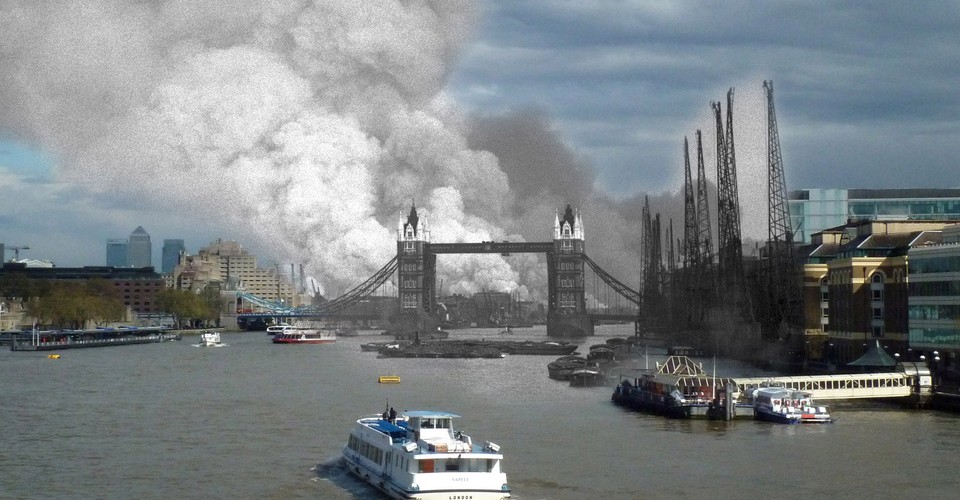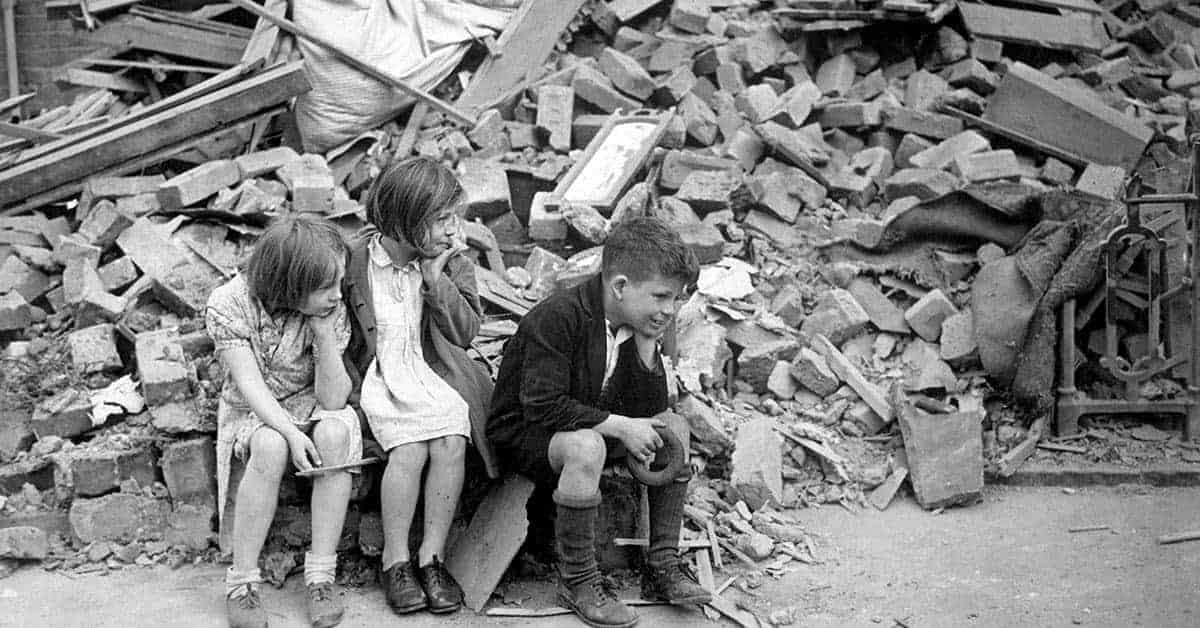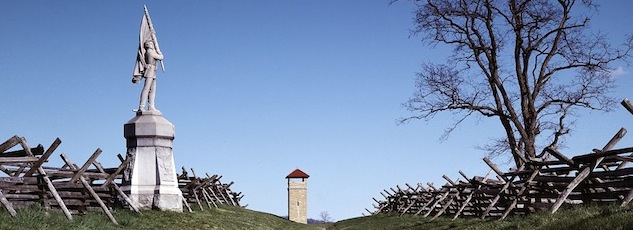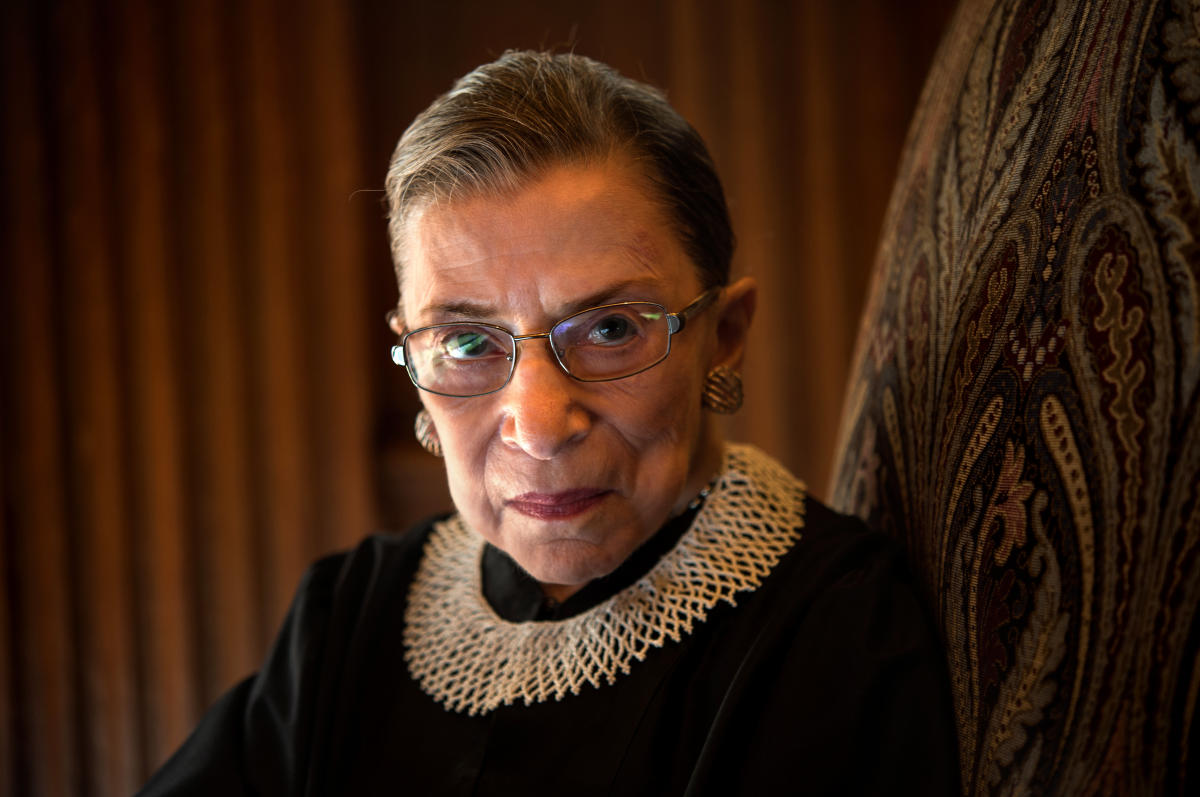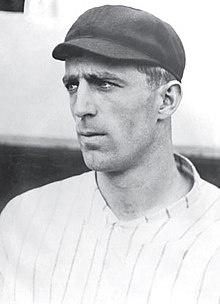BarnBuster
Virtually Unknown Member
A three-day hostage crisis at a Russian school comes to a violent conclusion September 3, 2004 after a gun battle erupts between the hostage-takers and Russian security forces. In the end, over 300 people died, many of them children, while hundreds more were injured.
On the morning of September 1, a group of Chechan terrorists surrounded students, teachers and parents on the playground of School No. 1 in Beslan as they held a celebration in honor of the first day of the school year. Some people managed to escape while others were killed; however, the majority, an estimated 1,200 adults and children, were herded into the school gym, which the hostage-takers rigged with a number of explosive devices. Later that day, Russian authorities began negotiation talks with the terrorist, whose demands included the withdrawal of Russian troops from Chechnya. Negotiations broke down after two days and early on the afternoon of September 3, an explosion went off in the gym–accidentally, according to some survivors. Some hostages died immediately, and more were killed or injured when the gym collapsed. Further chaos ensued as Russian police and soldiers opened fire on the school. Some hostages were moved to the cafeteria and forced to stand at the windows as human shields, where they where caught in the crossfire.
In total, 331 people were killed as a result of the seige, 186 of them children, and over 700 more individuals were injured. Russian authorities claimed there was a total of 32 terrorists, 31 of whom died during the siege. Some surviving hostages claimed there had been additional terrorists who managed to escape. Residents of Beslan blamed Russian authorities for badly mishandling the crisis, saying rescue operations were poorly planned and troops used excessive force.
Within weeks of the attack, a Russian parliamentary commission was convened, and in December 2006 it issued a report that absolved the authorities of any blame in the outcome of the siege. Details of that report contradicted eyewitness testimony, and survivors and family members of victims characterized the official account as a whitewash. In November 2007 a group of more than 350 Beslan family members and survivors brought a civil suit against the Russian government in the European Court of Human Rights, the judicial organ of the Council of Europe. A second suit was filed in 2011 by an additional 55 Beslan survivors. In April 2017 the court ruled that Russian authorities had failed on numerous levels prior to and during the siege, and it awarded the victims $3.1 million in compensatory damages. The judgment found that officials had ignored concrete intelligence that indicated that an attack on the school was imminent. Additionally, the weapons used in the military response—which included flame throwers, grenade launchers, heavy machine guns, thermobaric charges, antitank rockets, and T-72 main battle tanks—were both excessive and indiscriminate for the purposes of a hostage rescue. Russian officials rejected the findings, describing them as “utterly unacceptable,” and vowed to appeal the decision.
Shamil Basayev, a militant Islamist and leader of the Chechen separatist movement, claimed responsibility for the Beslan school siege. In 2006, Nurpashi Kulayev, the only known surviving hostage-taker, was sentenced to life in prison. That same year, Basayev died in an explosion, the cause of which remains unclear.

Analysis of the Beslan Massacre
The violence in Beslan was more complex than a purely religion-based attack by Islamic extremists: it was also rooted in the Russian-Chechen wars and dramatic recollections of them.











